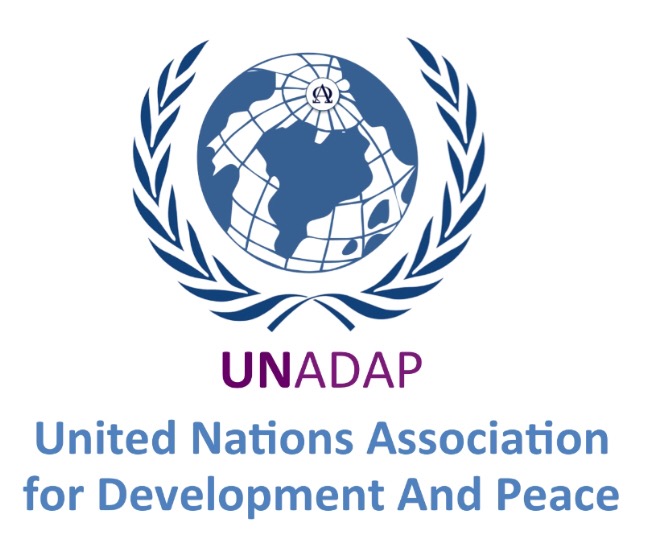India's stance on SDG 1: No Poverty
- UNADAP | United Nations
- Dec 1, 2022
- 3 min read

The Challenge
Around the world today, a staggering 800 million people still live in conditions of extreme poverty. With one in five people living on less than USD 1.25 a day, extreme poverty presents one of the most urgent crises of our times. While the number of people living in extreme poverty has declined by more than half since 1990, a great deal more needs to be done. Millions subsist on just over USD 1.25 a day, and many more remain at risk of slipping back into poverty. Young people are especially vulnerable. While 10.2% of all working adults live below the global poverty line of USD 1.9 a day as of 2015, this number rises to 16% when we consider the age group of 15-24 years. Children, too, are victims of global poverty, with 18,000 children dying every single day from poverty related causes.
Why is this important?
Poverty is more than just the lack of income or access to resources – it manifests itself in diminished opportunities for education, social discrimination and the inability to participate in decision-making processes. For instance, in developing countries, children in the poorest households are four times less likely to be in school than those of the richest. But extreme deprivation is not just about wellbeing and opportunity; it is a question of survival itself. In Latin America and East Asia, the poorest children are three times more likely to die by age 5 than the richest.
How can we address this?
Ending poverty in all its forms everywhere forms the first goal of the 2030 Sustainable Development agenda. It calls for ensuring social protection, enhancing access to basic services, and building resilience against the impacts of natural disasters which can cause severe damage to people’s resources and livelihoods. The international community agrees, through the Sustainable Development agenda for 2030, that economic growth must be inclusive, especially of the most poor and vulnerable, and aims to eradicate extreme poverty for all people everywhere in the next 15 years.

India and Goal 1
Between 2012-2013, global reduction in extreme poverty was driven mainly by Asia – notably China and India. Despite the fact that India made tremendous progress in halving its poverty head count ratio by 2011-2012, it still remains at 21% of the population. Nearly 80% of these poor live in rural areas and eradicating poverty is at the core of India’s national priorities. The Government of India has many progressive schemes, including the world’s largest employment guarantee scheme, the Mahatma Gandhi National Rural Employment Guarantee Scheme, and the National Social Assistance Programme.
Targets
By 2030, eradicate extreme poverty for all people everywhere, currently measured as people living on less than USD1.25 a day.
By 2030, reduce at least by half the proportion of men, women and children of all ages living in poverty in all its dimensions according to national definitions.
Implement nationally appropriate social protection systems and measures for all, including floors, and by 2030 achieve substantial coverage of the poor and the vulnerable.
By 2030, ensure that all men and women, in particular the poor and the vulnerable, have equal rights to economic resources, as well as access to basic services, ownership and control over land and other forms of property, inheritance, natural resources, appropriate new technology and financial services, including microfinance.
By 2030, build the resilience of the poor and those in vulnerable situations and reduce their exposure and vulnerability to climate- related extreme events and other economic, social and environmental shocks and disasters.
Ensure significant mobilization of resources from a variety of sources, including through enhanced development cooperation, in order to provide adequate and predictable means for developing countries, in particular least developed countries, to implement programmes and policies to end poverty in all its dimensions.
Create sound policy frameworks at the national, regional and international levels, based on pro-poor and gender-sensitive development strategies, to support accelerated investment in poverty eradication actions.
Copyright: UN India, SDG






Comments